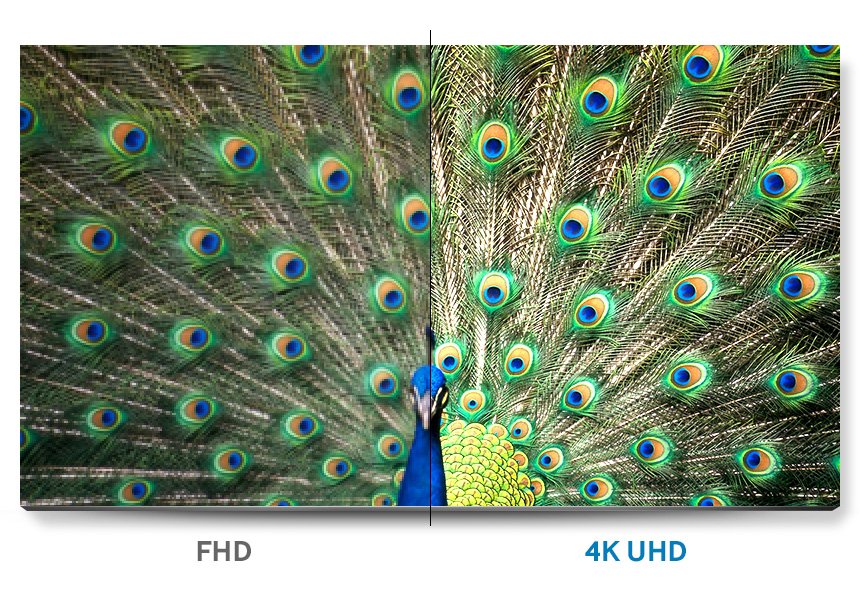With demand for notebook PCs stagnating due to the economic downturn and the rise of tablet PCs, notebook brands and panel makers are increasingly turning to higher display resolutions to increase consumer enthusiasm.
Worldwide notebook panel demand fell 12% year over year in 2015 to reach 176-million units, according to IHS, which states that with notebook inventory piling up, brands and panel makers are hoping that upgrading the display resolution of their product lines will spur more demand growth. Full high-definition (FHD) panels will comprise 20% of the notebook market in the first quarter (Q1) of 2016, growing to 30% in Q3 2016.
 Full high-definition (FHD) panels will comprise 20 percent of the notebook market in the first quarter (Q1) of 2016, growing to 30% in Q3 2016.
Full high-definition (FHD) panels will comprise 20 percent of the notebook market in the first quarter (Q1) of 2016, growing to 30% in Q3 2016.“Panel makers for notebook PC brands remain conservative in their 2016 outlook, and they are looking for economical ways to increase sales and reduce backlogged inventory,” said Linda Lin, senior analyst of display research for IHS Technology. “After panel prices crashed to the break-even point in the fourth quarter of 2015, lowering prices to increase panel demand is no longer an option, so upgrading features is the only option left.”
“After panel prices crashed to the break-even point in the fourth quarter of 2015, lowering prices to increase panel demand is no longer an option, so upgrading features is the only option left.”
According to the IHS Large Area Display Market Tracker, resolution upgrades are simple for consumers to recognize. Also, lower panel prices now mean the upgrades can be made more easily and affordably, for notebook PCs. In fact, the panel cost gap between high-definition (HD) displays and FHD displays narrowed to just $10 dollars in 2015. “Increasing resolutions above the FHD level is the next trend to watch for in notebook display products,” Lin said.
Samsung Display and LG Display are both leaders in promoting FHD resolution notebook displays with in-plane switch (IPS), wide-view angle and low-color shift technology. “These two leading South Korean panel makers are promoting their FHD IPS displays, targeting the high-end notebook PC segment, so that they can more efficiently manage the panel price gap between FHD IPS and general specification panels,” Lin said.

